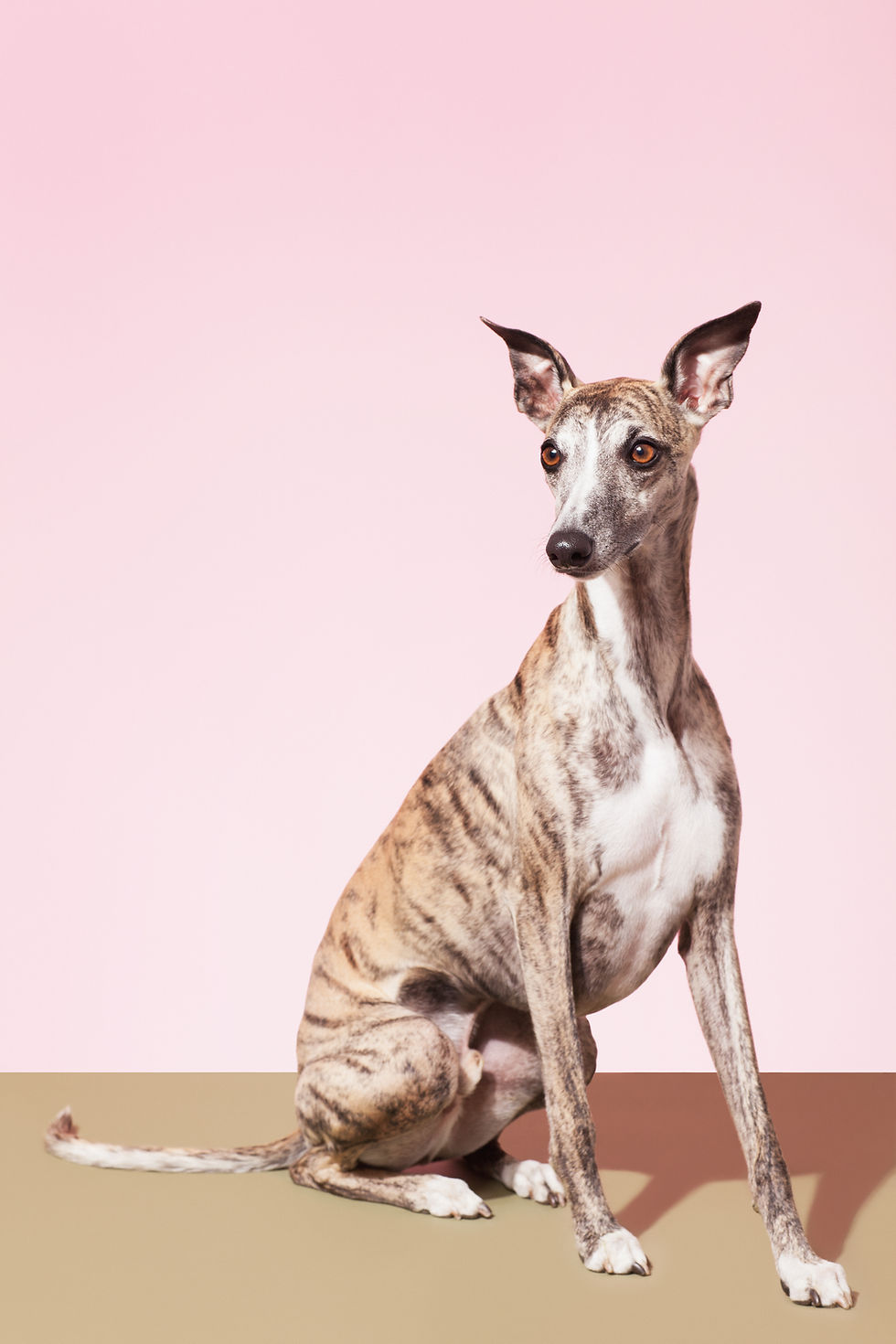Yellow-Eared Parrot
- Jennifer J

- Feb 12, 2020
- 2 min read

The Yellow-Eared Parrot is a species of Parrot which is one of the rarest animals in the wild today. There is only a very small population of Yellow-Eared Parrots in the wild today, which makes them one of the worlds rarest animals.
These animals belong to the Psittacidae family. The Psittacidae family consists of several different species of birds, which include: Parrots, Cockatoos, Parrots and Macaws. There are 350 known species of bird that belong to this family.
What Is The Conservation Status Of These Birds?
Sadly, these birds today are endangered, there is only a small population of Yellow-Eared Parrots remaining in the wild today.
What Is The Population Of Trend Birds?
But, there is good news, the population of these birds is increasing!
The population of Yellow-Eared Parrots has increased thanks to ongoing successful conservation work. Successful conservation work has resulted in the Yellow-Eared Parrot population increasing. However, these birds are still very vulnerable to extinction and they have several threats in the wild.
What Is The Population Of These Animals?
There aren't many individual Yellow-Eared Parrots left in the wild today. It is estimated that there are only 212 individual Yellow-Eared Parrots today.
What Is The Habitat Of These Birds?
These birds are primarily found within forests. They are found in forests within a few countries of South America: Venezuela, Ecuador and Colombia.
What Are The Threats To These Birds?
There are many threats to these birds in the wild. Some of the major threats to these Birds is deforestation and agriculture.
What Do These Birds Eat In The Wild?
Yellow-Eared Parrots mainly eat wax palms in the wild. Wax palms are a species of palm tree that exists in the wild in South America.
These colourful also eat other things in the wild, such as fruits and ferns.
What Is The Scientific Name For These Birds?
The scientific name for Yellow-Eared Parrots is: Ognorhynchus icterotis.



Comments